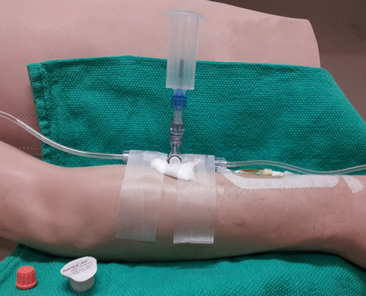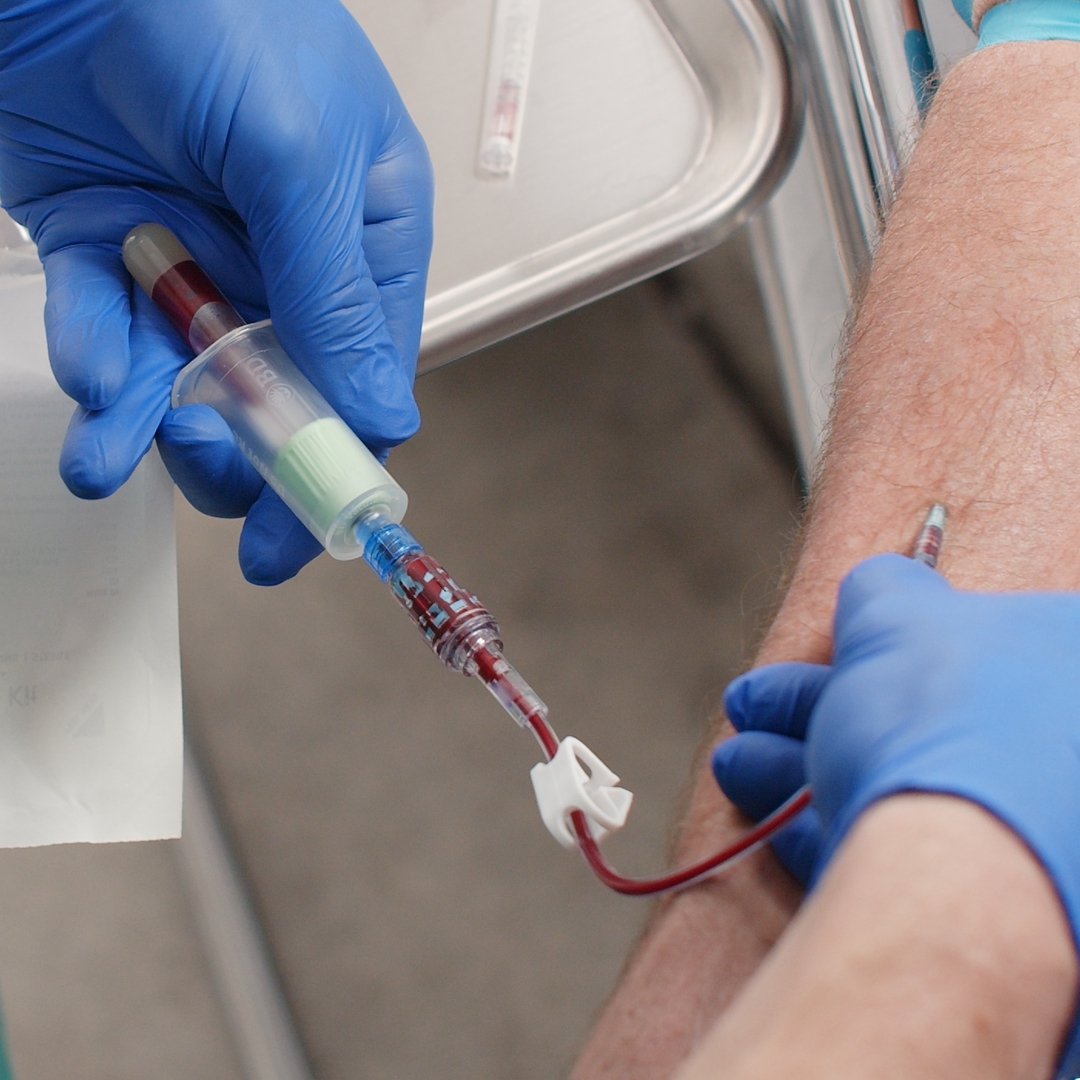Blood gas arterial dr medical
Table of Contents
Table of Contents
If you work in healthcare, chances are you’ve had to draw blood before. For many medical professionals, drawing blood from an arterial line can be a daunting task, but with the right knowledge and technique, it can be done easily and painlessly.
When it comes to drawing blood from an arterial line, there are a few common pain points that medical professionals often face, including difficulty finding the right location to draw from, concerns about causing discomfort or pain to the patient, and the potential risk of complications.
The first step in drawing blood from an arterial line is to ensure that you have all of the necessary equipment, including a sterile collection kit and the appropriate collection tubes. It’s also important to find the right location to draw from, which can vary depending on the patient’s specific condition and medical history.
Overall, the key to drawing blood from an arterial line is to follow a step-by-step process, taking all necessary precautions to ensure that the process is done safely and effectively.
My Experience with Drawing Blood from an Arterial Line
As a nurse, I often have to draw blood from arterial lines, and while it can be a bit nerve-wracking at first, with practice and patience, it has become routine for me. One thing that I’ve found helpful is to take my time and make sure that I am following the proper procedure every step of the way. By doing so, I’ve been able to minimize the potential for complications while ensuring that the patient remains comfortable and at ease throughout the process.
Tips for Drawing Blood from an Arterial Line
When it comes to drawing blood from an arterial line, there are a few key tips that can make the process go more smoothly. First, it’s important to take your time and ensure that you are following the proper procedure every step of the way. This includes making sure that the collection kit is sterile, finding the right location to draw from, and using the appropriate collection tubes.
Another tip is to communicate clearly with the patient throughout the process, explaining what you are doing and why, and ensuring that they are as comfortable as possible. By doing so, you can help to minimize any potential for discomfort or pain while ensuring that the patient remains calm and at ease. Additionally, it’s important to monitor the patient carefully after the procedure to ensure that there are no complications.
Understanding the Risks and Complications
While drawing blood from an arterial line is generally safe, there are some potential risks and complications to be aware of. These can include bleeding, infection, and damage to surrounding tissues or organs. To minimize these risks, it’s important to follow proper procedure and take all necessary precautions at every step of the way. Additionally, it’s important to monitor the patient carefully after the procedure to ensure that there are no signs of complications.
The Importance of Proper Training
Given the potential risks and complications associated with drawing blood from an arterial line, it’s important for medical professionals to receive proper training before attempting this procedure. This can include education on proper technique, as well as hands-on experience under the supervision of an experienced mentor. By doing so, medical professionals can ensure that they are well-prepared to handle this procedure safely and effectively for their patients.
Conclusion of How to Draw Blood from Arterial Line
Drawing blood from an arterial line can be a challenging procedure, but with the right knowledge, technique, and equipment, it can be done safely and effectively, minimizing discomfort and complications for the patient. By following proper procedure, taking necessary precautions, and communicating clearly with the patient, medical professionals can ensure that this procedure is done with the utmost care and attention to detail.
Question and Answer
Q: What are the potential risks of drawing blood from an arterial line?
A: The potential risks can include bleeding, infection, and damage to surrounding tissues or organs.
Q: How can medical professionals reduce the risk of complications when drawing blood from an arterial line?
A: By following proper procedure, taking necessary precautions, and monitoring the patient carefully throughout and after the procedure.
Q: What equipment is needed to draw blood from an arterial line?
A: A sterile collection kit and appropriate collection tubes.
Q: Why is proper training important for medical professionals who perform this procedure?
A: To minimize the potential for complications and ensure that the patient remains safe and comfortable throughout the procedure.
Gallery
The Truth About 9 Painful Medical Procedures - Dr. Nesochi

Photo Credit by: bing.com / blood gas arterial dr medical
Arterial Line | LHSC

Photo Credit by: bing.com / blood arterial line drawing sampling indwelling picc port lhsc artery gases radial syringe place ca
IV Video Course | Nurse Keith

Photo Credit by: bing.com / iv blood draw course
How To Draw Blood From An Arterial Line By Andrew Shearn, MD Candidate

Photo Credit by: bing.com / blood arterial line draw
How To Draw Blood From A Line - Drawing Tutorials

Photo Credit by: bing.com / arterial





